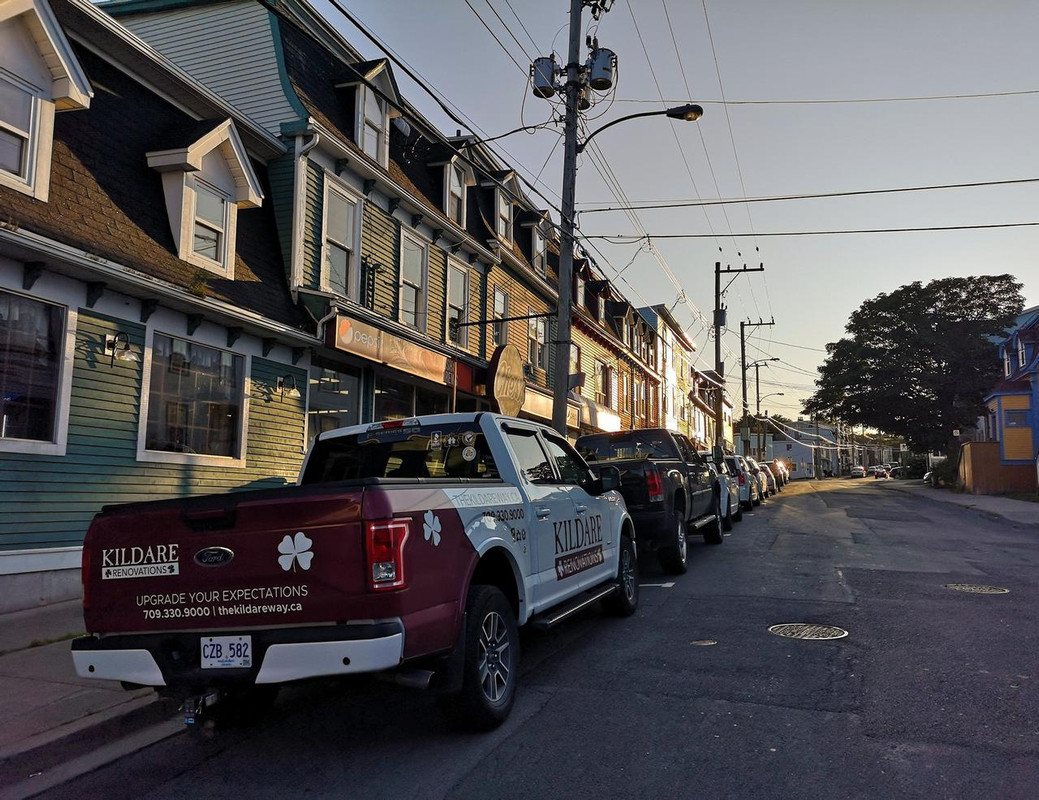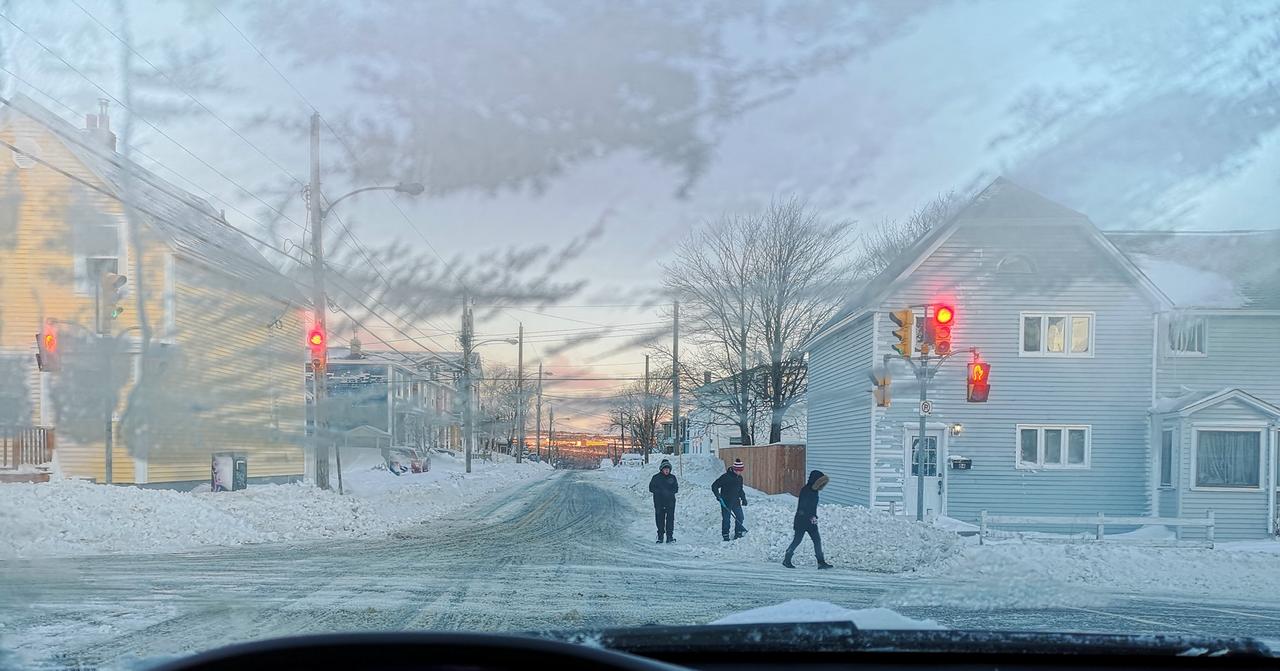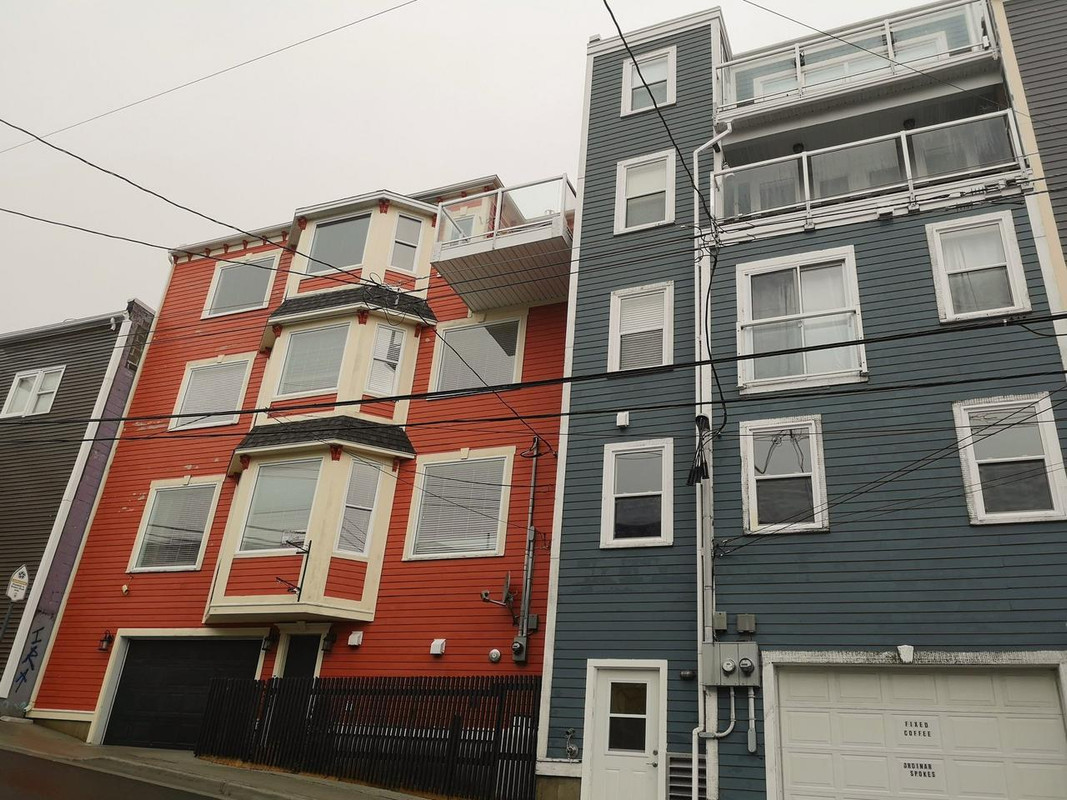So Rabbittown is a neighbourhood in transition. It was extremely lower class, below even working class (still today half the neighbourhood doesn't actually WORK in the traditional sense). But it's cheap so a lot of the new immigrants to the city move here, and by their very nature they are elevating the standards. But it's still a neighbourhood where not only will you hear at least one loud domestic in the street outside your house per week, it will be about the stupidest shit like who paid more for the half-case of beer and drank more than they were supposed to. Lots of Grade 2 insults hurled around by 40-year-olds.
Anyhow, it has a decent commercial area, mainly centered around Harvey and Freshwater Roads. International groceries, a few superettes (corner stores), a tea house, hair salon, nail salon, yoga studio, bicycle shop, a half dozen barbers, a dog groomers, etc. Everything you could possibly need is reasonably close by.

And JUST outside the boundaries of the neighbourhood there are a couple of big parks and more middle-class surroundings...

But anyhow, back into it...
The main drag through Rabbittown is Merrymeeting Road, which is at the top of a hill and runs along its highest point, so the neighbourhood slopes downhill on either side of it.


That's the neighbourhood local from the video above, the Peter Easton, named for a famous local pirate.

There's lots of infill.



If you ever need a mattress, this is a good neighbourhood to come.

Likewise for food banks.





And my street boats one of the thinnest homes in the city.


Overall, it's a great neighbourhood. There is still a core of people who grew up here, who watch your property. For example, my parked car was hit last week (second time in less than a year). To date, I've had six different people from my street come to me with pictures of the guy

And it's just... there's always noise. There's always someone fighting in the street, or playing football, or guitar, or singing. And with the newcomers, across the street from me they host the African church. So my Sunday mornings are all faint clapping, cheering, and music.

I love Rabbittown.

To give you an idea of the community... on my street during winter years ago, a cabbie got stuck. And this is just what naturally happened (there's so many cuts because I was shovelling too, I didn't just stand around, I swear lol):
• Video Link


